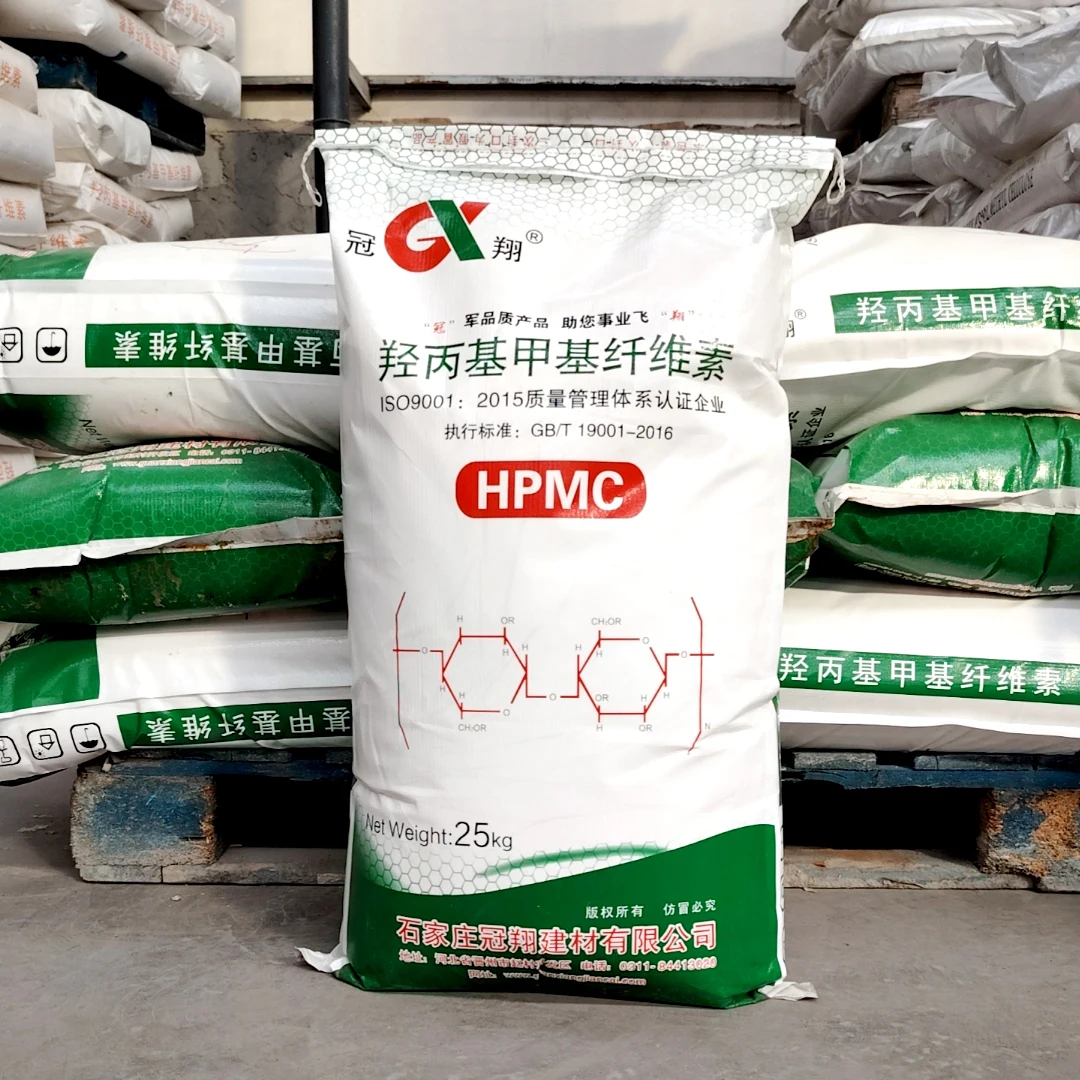ချုံစ်မြို့နယ်၊ တောင်ဘက်လမ်းပါ။ ချုံစ်လမ်းနှင့် လျင်ဖန်လမ်းအဆုံးမှ အရှေ့ဘက် ၂၁၀ မီတာ၊ တောင်ဘက်လမ်းပေါ်၊ ဒုံးချောင်းကျေးရွာ၊ ဂင်းချောင်းမြို့နယ်၊ ရှိုင်းကျွန်းမြို့၊ ဟိုင်းပဲပြည်နယ်၊ တရုတ်နိုင်ငံ။ +86-13643303222 [email protected]
ချုံစ်မြို့နယ်၊ တောင်ဘက်လမ်းပါ။ ချုံစ်လမ်းနှင့် လျင်ဖန်လမ်းအဆုံးမှ အရှေ့ဘက် ၂၁၀ မီတာ၊ တောင်ဘက်လမ်းပေါ်၊ ဒုံးချောင်းကျေးရွာ၊ ဂင်းချောင်းမြို့နယ်၊ ရှိုင်းကျွန်းမြို့၊ ဟိုင်းပဲပြည်နယ်၊ တရုတ်နိုင်ငံ။ +86-13643303222 [email protected]

